Introduction
Welcome to math.gl!
math.gl is TypeScript math library focused on geospatial and 3D use cases. Designed as a composable, modular toolbox. math.gl provides a core module with the standard complement of vector and matrix classes, and a suite of optional modules implementing various aspects of geospatial and 3D math.
math.gl is optimized for use with WebGL and WebGPU, however it is not a GPU math library, meaning that it has no GPU dependencies and is designed to be usable in any application.
Features
- Core classes - Basic vectors and matrices:
@math.gl/types,@math.gl/core - Geospatial projections - Support for a variety of geospatial projections
@math.gl/geospatial,@math.gl/geoid,@math.gl/proj4,@math.gl/web-mercator - Geospatial utilities - Cutting polygons and calculating sun position and direction
@math.gl/polygon,@math.gl/sun - Discrete Global Grids - Standardized interfaces to a number of the major discrete global grids.
@math.gl/dggs-geohash,@math.gl/dggs-quadkey,@math.gl/dggs-s2 - 3D math - 3D primitives and culling:
@math.gl/culling
Modules
math.gl is a toolbox that offers a suite of composable modules.
| Core math libraries | Module | Description |
|---|---|---|
@math.gl/types | Basic math type helpers (NumericArray etc) | |
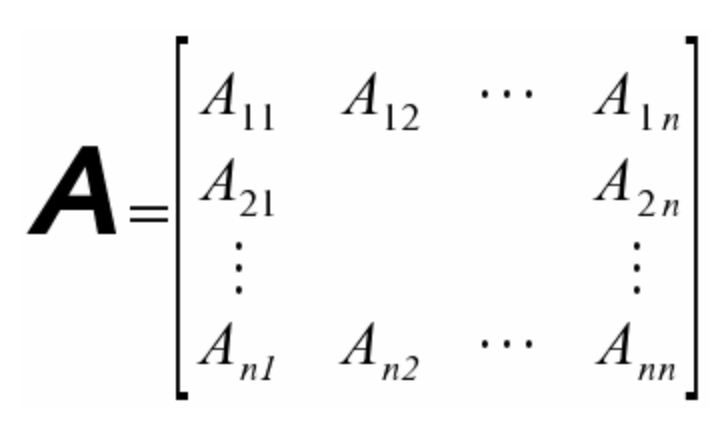 | @math.gl/core | Basic math classes (vectors, matrices, etc) |
| Geospatial math libraries | Module | Description |
|---|---|---|
@math.gl/geospatial | Ellipsoidal math for WGS84 coordinates. | |
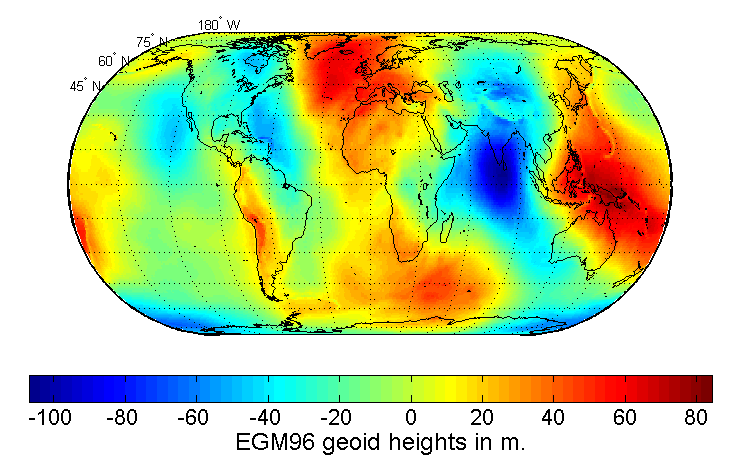 | @math.gl/geoid | Earth Gravity Model support . |
@math.gl/polygon | Polygon math, including geospatial cutting etc. | |
@math.gl/proj4 | Conversion between coordinate reference systems. | |
@math.gl/sun | Solar position / direction from position and time. | |
@math.gl/web-mercator | Supports 3D Web Mercator (spherical) projections. |
| DGGS (Discrete global grid support) libraries | Module | Description |
|---|---|---|
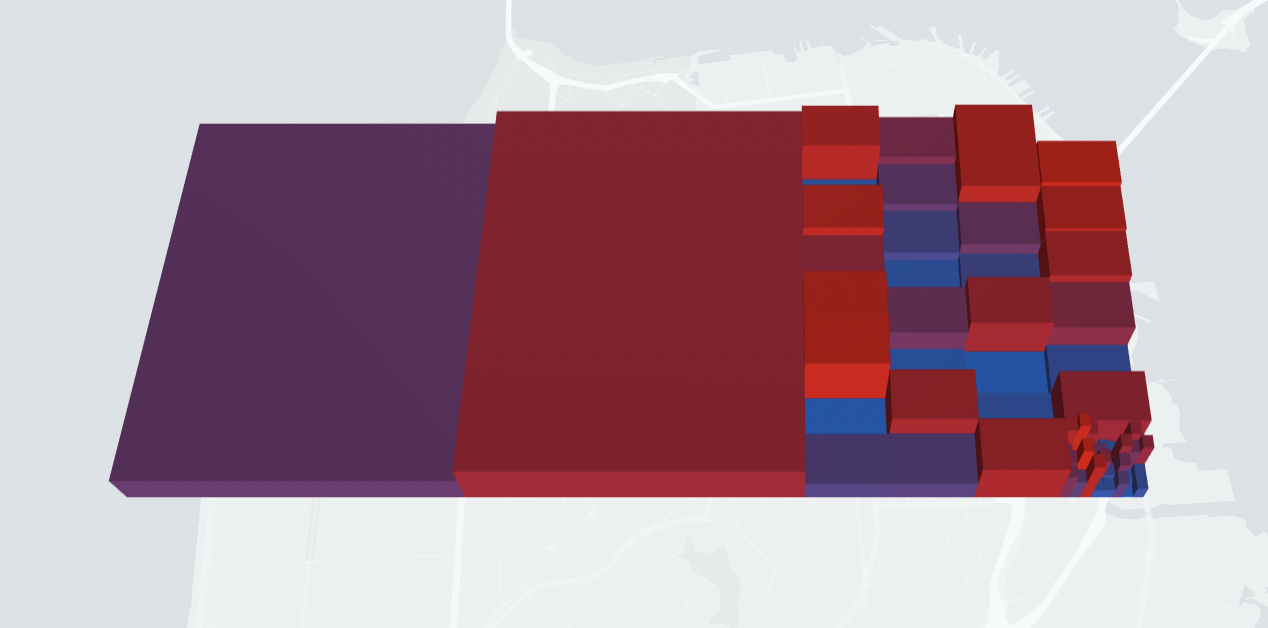 | @math.gl/dggs-geohash | Get geometry of GeoHash tokens. |
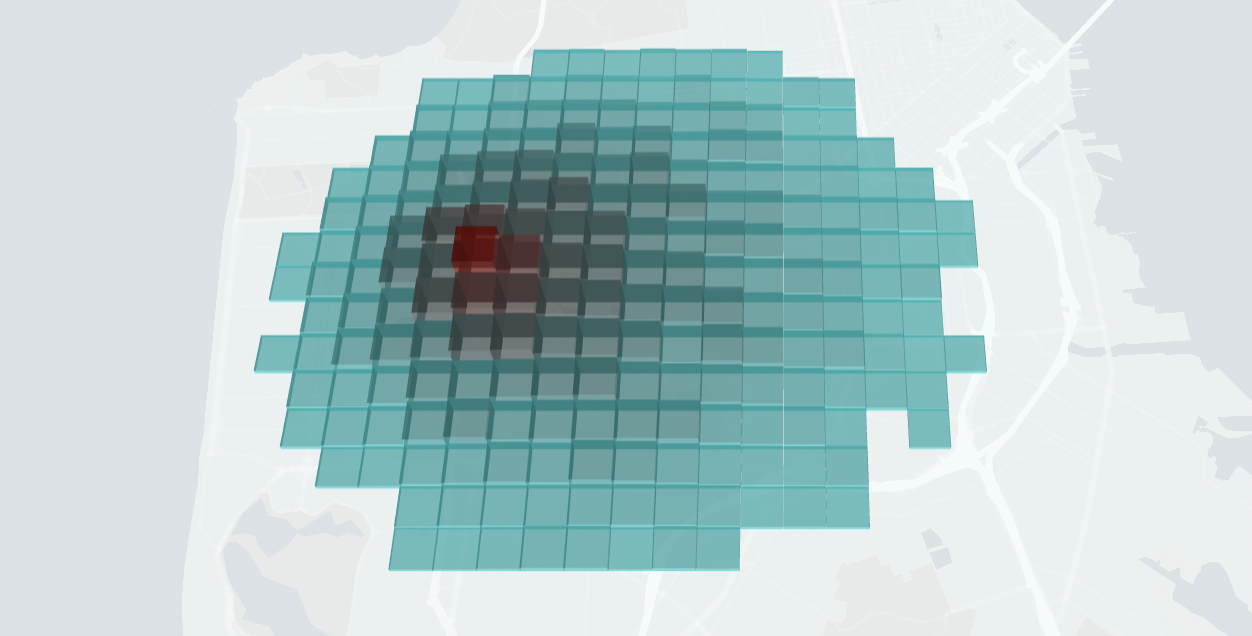 | @math.gl/dggs-quadkey | Get geometry of QuadKey tokens |
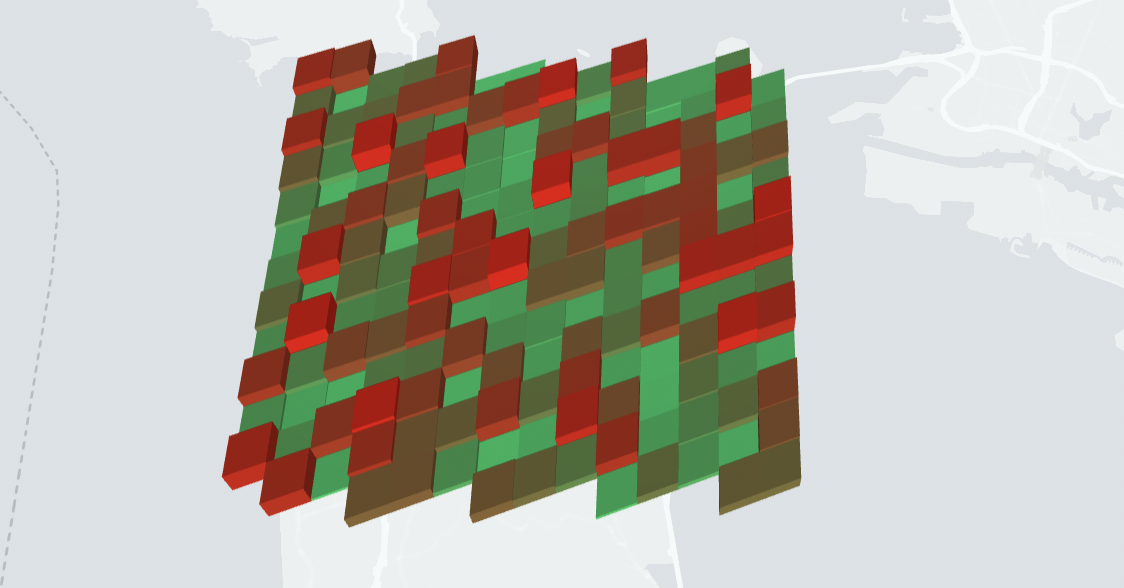 | @math.gl/dggs-s2 | Get geometry of S2 tokens. |
| 3D math libraries | Module | Description |
|---|---|---|
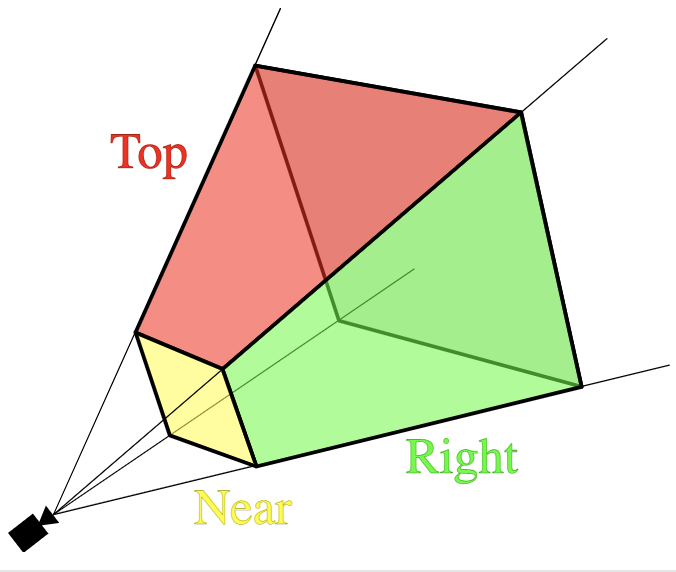 | @math.gl/culling | Bounding volumes and intersection testing. |
In addition, math.gl provides a few deprecated legacy modules, to avoid breaking older applications.
| Legacy Module | Description |
|---|---|
math.gl | Re-exports the API from @math.gl/core. An "alias" for @math.gl/core to avoid breaking old applications. |
viewport-mercator-project | Re-exports the Web Mercator projection utilities in @math.gl/web-mercator. The viewport-mercator-project repository was moved to math.gl in Oct 2019. |
Supported Browsers and Node Versions
math.gl is fully supported on:
- Evergreen browsers: Recent versions of Chrome, Safari, Firefox, Edge etc.
- Node.js: Active and Maintenance LTS releases
History
| Year | Version | Description |
|---|---|---|
| 2015 | N/A | @math.gl/core classes were created as part of luma.gl v4, as a set of class wrappers for gl-matrix for luma.gl and deck.gl frameworks. |
| 2017 | v1.0 | math.gl was broken out into its own repository to manage luma.gl growth. The goal was to independently usable set of 3D and Geospatial math modules. |
| 2018 | v2.0 | The math.gl API started to mature. |
| 2019 | v3.0 | A collaboration with the Cesium team around 3D Tiles led to parts of the Cesium math library were ported into the math.gl/geospatial and @math.gl/culling modules. |
| 2020+ | v3.x | Additional geospatial modules have gradually been added to support more advanced use cases for deck.gl. |
| 2022 | v3.6 | Code base fully rewritten in TypeScript. |
| 2023 | v4.0 | ES module support. gl-matrix was removed as a dependency and math.gl became fully stand-alone. |
Attributions
math.gl was inspired by and built upon some of the most proven open source JavaScript math libraries:
gl-matrix- math.gl classes use gl-matrix under the hood- THREE.js math library - math.gl classes are API-compatible with a subset of the THREE.js classes and pass THREE.js test suites.
- The CesiumJS math library (Apache2) - The geospatial and culling modules were ported from Cesium code base.
License
MIT license. The libraries that the core @math.gl/core module are built on (e.g. gl-matrix) are also all open source and MIT licensed.
The @math.gl/geospatial and @math.gl/culling modules include Cesium-derived code which is Apache2 licensed.
math.gl will never include any code that is not under permissive license.